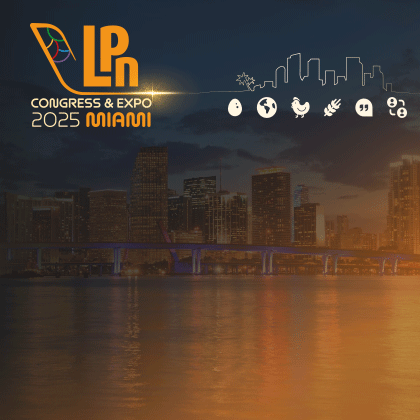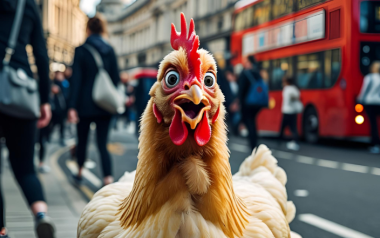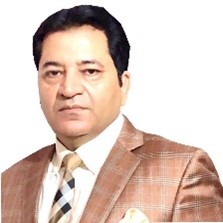Metabolic disorders
15 Feb 2021
Why arginine is important for broilers
Arginine is known to be involved in several physiological functions like growth and immunity due to its capacity to act as a substrate for nitric oxide, creatine, ornithine, glutamine, and some other molecules. Because chickens are...
In the last decades, broilers have become more efficient and consequently heavier in shorter periods. Genetic selection has not only changed meat production but also has increased fat deposition, decreased the immune system response, and altered the carcass traits. With this scenario, the improvement in all performance parameters has been accompanied by extensive research in nutrition to adjust the nutritional requirements. Several nutritionists have demonstrated the importance of amino acids in broilers’ growth, muscle development, and meat yield.
Arginine is known to be involved in several physiological functions like growth and immunity due to its capacity to act as a substrate for nitric oxide, creatine, ornithine, glutamine, and some other molecules. Because chickens are uricotelic animals, they are unable to obtain endogenous arginine. Therefore, chickens rely on the amino acid content of the feedstuffs to supply the arginine requirements.
Environmental conditions can alter the physiological functions in broilers. Different studies have described the pathogenesis of the ascites because of cold ambient temperatures and high altitudes. This condition caused by an insufficient response of the body to transport oxygen to the tissues, generate extravasation of noninflammatory transudate into the peritoneal cavity. It has also been observed a rapid increase in lipid peroxidation activity, together with a decline of the concentrations of arginine, ornithine, and nitric oxide in ascitic chickens. Some reports indicate that arginine supplementation may ameliorate the adverse effects of chickens raised at low temperatures and high altitudes while improving hematocrit, hemoglobin, and red cell numbers.

Source: Kalmar et al., 2013
Stress
Broilers are subject to stressor factors that include photoperiod changes, stocking density, noise level, heat, cold, catching, transport, and withdrawal periods, among others. Consequently, oxidative stress is one of the issues that affect performance, quality, and profitability in broiler productions. In this case, increased dietary arginine levels have been correlated with a reduction in the heterophil: lymphocyte ratio which is considered a stress marker in poultry. Also, the supplementation of arginine from crystalline sources has decreased cholesterol concentrations, preventing the synthesis of corticosterone and cortisol. The latter used as a marker for stress in animals.
Immune response
The greater susceptibility of modern broilers to disease seems to be one of the biggest concerns among poultry producers. This added to the new trends in free-antibiotic regulations, and farmers’ migration to these practices to fit within the market has uncovered the low chickens’ ability to resist infections. Therefore, poultry farmers are taking different measures to improve the immune system via nutrition. Further findings suggest that arginine supplementation enhances the white blood cell number, nitric oxide synthesis, and the antibodies’ production in chickens. Hence, the effects of common infections in poultry such as coccidia and infectious bursal disease have been alleviated when diets are supplemented. These changes are closely related to an improvement in the respiratory burst and the antibodies’ response.
How much arginine should be used?
In the past, the supplementation of arginine in broiler diets used to be limited to the amino acid content from feed ingredients. However, the development of commercially available crystalline sources has provided more flexibility in feed formulation to obtain a desired amino acid balance in diets. The inclusion of arginine in the form of L-Arg has allowed better performance in feed conversion ratio, bodyweight gain, breast yield, and an increase in the immune system response and meat quality.
A recent study from Dr. Corzo in Auburn University reported that using Yield Plus Male x Ross 708 male chickens and formulating diets based on Aviagen recommendations, the dArg/dLys ratio must be greater than 1 to maximize performance, carcass yield, breast weight, and breast yield.
“The dArg/dLys ratio for optimizing BW gain and feed conversion ratio (FCR) was 106 for both variables from 1 to 14 days of age, and 105 and 108 from 1 to 25 days of age, respectively”.
Additionally, dArg/dLys ratios of 129 and 116 were observed to improve BW gain and FCR from 25 to 42 d. In terms of body composition, the ratio between arginine and lysine was as high as 136 to obtain the best yield. According to these results, it seems that the nutritional requirement of arginine increases as broilers age.






































